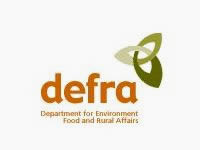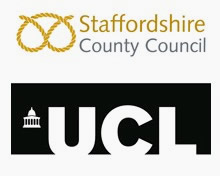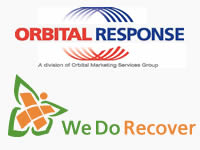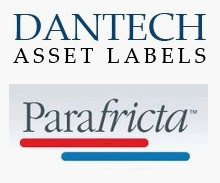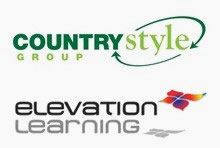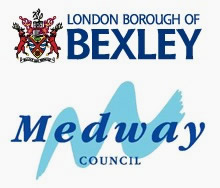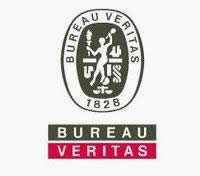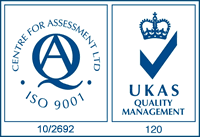What are ISO Containers
09/04/2011
Different Types of ISO Containers
There are several basic types of ISO containers. Dry or cube containers are front loaded, completely enclosed and suitable for general-purpose transportation. Standard containers are 8 ft., 6 in. tall. By contrast, extended height or high cube containers are 9 ft., 6 in. tall. Insulated or thermal containers are suitable for transporting chilled and frozen goods, as well as temperature-sensitive materials and products. They have insulated walls, but are not refrigerated like electrically-powered reefer containers.
ISO containers are used for the intermodal transport of freight. They are manufactured according to specifications from the International Standards Organisation (ISO) and are suitable for multiple transportation methods such as truck and rail, or rail and ship. ISO containers are conveniently manufactured in many sizes. The standard width is 8 ft. The most common lengths are 20 and 40 ft and in some cases 45ft. Other lengths also include 24, 28, 44, 46, 53 and 56 ft. All ISO containers include a container safety certificate (CSC) issued by the manufacturer that must be renewed every 30 months by a certified inspector. If necessary, an approved continuous examination program (ACEP) can be used in place of this procedure.
Flat racks and platforms ISO containers
Flat racks and platforms are ISO containers that are used to transport heavy machinery. They do not have side walls, but may have end bulkheads and are often collapsible. Open-top containers are shaped like a box and loaded from either the top or end. They are designed to carry heavy, tall or hard to load materials such as coal or grain. Tank containers are built to the same standard dimensions as other ISO containers, but are cylindrical vessels mounted in a rectangular steel framework. Typically, these containers are used to transport liquid or bulk materials.
Some ISO containers are airtight or stackable. Others are designed for storing and moving flammable, corrosive, explosive, or other hazardous materials. ISO containers are available with many special features. Containers that are shielded against electromagnetic interference (EMI) and radio frequency interference (RFI) are often used in the transportation of electric and electronic products. Vented ISO containers with ducts along the side panels and top and bottom rails are suitable for replacing warm, moist air with colder, ambient air. Often, desiccants such as silica-gel are used in the transportation of high moisture products such as coffee beans or other foodstuffs.



